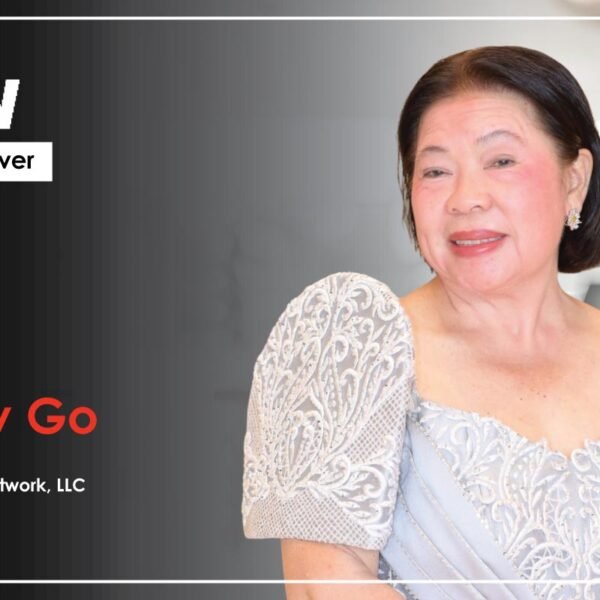One key truth applies to all industries and countries: trust is essential for success. Products change, services adapt, and markets shift—but strong relationships stand the test of time. The ability to build and maintain meaningful relationships with clients is crucial for sustainable growth.
Whether you’re a freelancer working on a few projects or a large agency managing big accounts, how you connect with clients can impact your long-term success. It’s not just about getting results; it’s also about having regular, value-focused interactions that make clients feel supported, understood, and invested in the partnership.
Why Client Relationships Drive Business Longevity?
Every business transaction starts with a problem and a promise. The client brings the problem; you get the promise of a solution. What follows should be more than a fulfillment of the contract—it should be the beginning of a deeper partnership.
A positive client relationship translates into:
- Higher retention rates
- Increased lifetime value
- Easier upsell and cross-sell opportunities
- Stronger word-of-mouth referrals
- More collaborative and efficient projects
Trust-based relationships are less price-sensitive and more focused on results and reliability. When clients view you as a partner rather than a provider, they are more willing to invest in your ideas, extend engagements, and collaborate strategically.
Laying the Foundation: Understanding Client Needs in Context
Before proposing solutions, take time to understand the context. Go beyond the surface-level brief and explore the client’s broader business goals, key performance indicators, operational challenges, and internal dynamics.
Ask questions like:
- What’s at stake for the client if this project fails?
- Who are the decision-makers and influencers internally?
- Are there hidden constraints—budget, timing, politics?
These insights help you shape strategies and communications that are not only technically sound but deeply aligned with the client’s realities.
Clients notice when you invest in understanding their world. This clarity at the beginning prevents misalignment later—and lays the groundwork for a strong client relationship built on relevance and empathy.
Consistency Builds Confidence

Clients work with you because they believe in your capabilities. But belief alone isn’t enough—it must be reinforced over time through consistent action.
Consistency doesn’t mean being perfect. It means showing up, delivering when you say you will, following through on commitments, and owning your responsibilities. This builds dependability—an essential pillar of trust.
Some best practices include:
- Delivering regular updates and maintaining transparency
- Being proactive about risks or delays
- Providing realistic timelines (and meeting them)
- Using shared tools or dashboards for project visibility
The most successful firms don’t just deliver great results; they deliver predictably great results—and that’s what keeps clients coming back.
Communication is Your Competitive Edge
One of the biggest reasons client relationships break down is miscommunication—or lack of communication altogether. Clear, timely, and respectful communication is a differentiator in today’s fast-paced world.
Here’s what effective communication looks like:
- Active listening: Understand what the client is saying and what they aren’t. Read between the lines.
- Contextual updates: Instead of saying “we’re 80% done,” explain what’s left and what it means for the final output.
- Tone awareness: Adjust formality and communication style to match the client’s preferences.
- Clarity during complexity: When discussing technical details or difficult situations, simplify the message without diluting the truth.
The strength of a client relationship often rests on how confidently and clearly you can navigate difficult conversations—delays, scope changes, or feedback loops. Communication doesn’t just transfer information—it strengthens bonds.
Deliver Value Beyond the Scope

What separates a good service provider from a great one is their ability to add value beyond the agreed deliverables. This doesn’t always mean doing extra work for free; it means staying attuned to your client’s long-term success.
Examples include:
- Recommending process improvements or tools they hadn’t considered
- Sharing relevant industry insights or trends
- Offering post-project support strategies
- Introducing them to valuable contacts or collaborators
This shows that you’re not just concerned with completing tasks—you’re invested in helping them succeed. That level of commitment elevates the client relationship from transactional to transformational.
Handling Tension: When Things Don’t Go as Planned?
Even with the best intentions and systems, challenges will arise—missed deadlines, misalignment, scope creep, or unforeseen issues. How you handle these moments often matters more than the issue itself.
Here’s what seasoned professionals do:
- Address the issue head-on without delay
- Take ownership, even when the fault is shared
- Provide clear, solution-oriented next steps
- Maintain a calm, constructive tone
- Follow up to ensure resolution
Clients appreciate honesty and accountability. When you demonstrate reliability under pressure, it often deepens trust rather than diminishes it. A client relationship isn’t tested when things go smoothly—it’s tested when they don’t.
Personalization: One Size Doesn’t Fit All

Not all clients want the same type of interaction. Some appreciate frequent updates; others want minimal contact unless there’s an issue. Some prefer detailed reports; others want summaries. Adjusting your approach based on client personality and expectations can have a huge impact on satisfaction.
Personalization can take many forms:
- Tailoring deliverables based on their goals
- Scheduling reviews according to their availability
- Reflecting their language or terminology in communications
- Tracking their feedback preferences and acting on them
This level of attentiveness shows respect for their time and reinforces the strength of the client relationship. People remember how easy—or hard—it was to work with you.
Read Also: Effective Communication: The Art of Connecting and Achieving Understanding
Making It Last: From Client to Champion
A happy client is good. A loyal, referring client is gold.
Once you’ve built trust and delivered results, focus on turning that client into an advocate:
- Ask for testimonials or case studies
- Offer incentives for referrals (where appropriate)
- Keep in touch post-project with occasional value-driven updates
- Include them in beta tests or new offerings
Staying top of mind without being intrusive keeps the door open for future collaborations. Many of the most lucrative projects come not from pitches, but from past clients remembering who they enjoyed working with—and who delivered.
Similar Articles:
- Mastering Client Communication: The Key to Building Strong Business Relationships
- Essential Project Manager KPIs for Tracking Success
Final Thoughts
A strong client relationship is about care. It’s about seeing clients not just as accounts, but as partners with their own challenges, hopes, and real pressures. It involves being consistent, curious, responsible, and understanding.
The businesses that succeed are the ones that recognize that relationships, not just contracts, are the true keys to growth.
If you’re working on better processes, smarter strategies, or more competitive prices, don’t forget to invest just as much in the relationships behind it all. In the end, what keeps clients coming back isn’t just what you do; it’s how you make them feel.










